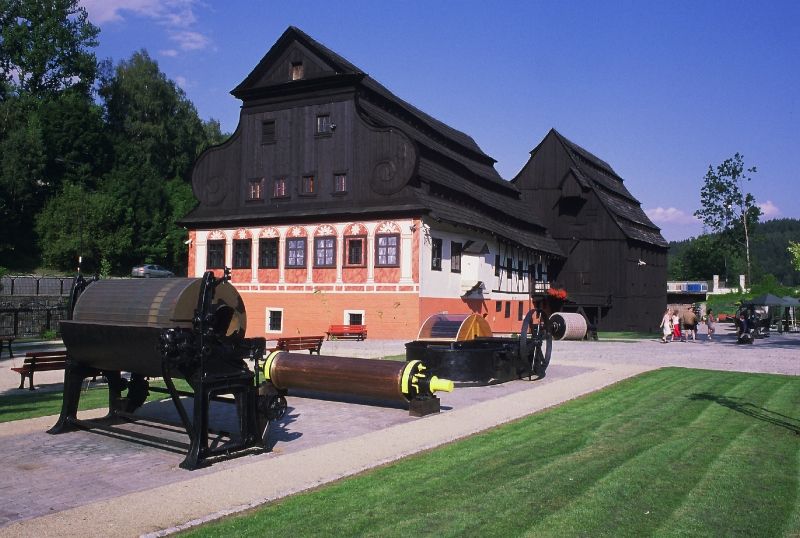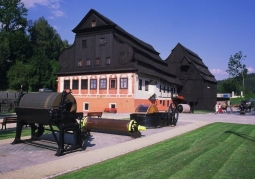Paper Mill - Museum of Papermaking - Duszniki-Zdrój
No weather data
0.0 /5
Number of ratings: 0
Address: Kłodzka 42 , 57-340 Duszniki Zdrój
The most eminent Museum of Papermaking in Poland in Duszniki Zdrój is housed in a 17th-century paper mill, a unique technical monument. It is located on the Bystrzyca Dusznicka River, on the southern outskirts of the city, at the international route running towards the Czech border. The first mentions of the paper factory in Duszniki and the paper maker bearing the name Ambrosius Tepper come from the second half of the 16th century. The most important main building of the paper mill in this complex, which once served as a residential and production function, was built in 1605. On the ground floor, the main paper production took place. The upper floor, half-timbered, housed flats and production rooms. The attic space was occupied by a paper drying room. The building was covered with a gable shingle roof, bounded from the west by a wooden baroque volute gable. The wooden paper drying room adjacent to the main building and the entrance pavilion were probably built in the 18th century. The history of the Duszniki mill in the period of 1562 - 1939 was created by paper makers from the Kretschmer, Heller and Wiehrów families. In the 17th century, the paper mill was one of the most valued in Silesia. It also had a monopoly on paper delivery to Wrocław offices. In the 18th century, the paper mill was significantly expanded and modernized by installing modern paper equipment. Paper production was stopped in Duszniki in 1937. Two years later, Karl Wiehr, the last owner of the paper mill, handed it over to the city for public purposes with the intention of creating a regional technical museum in the historic mill. At the time of its takeover by the Polish authorities in 1945, the paper mill was deserted and destroyed. Of the paper equipment, only clamp hooks for drying cardboard from the 19th and 20th century and several 19th century forms used to draw paper have survived. Extremely valuable elements of the paper mill interior have been preserved - wall and ceiling paintings in the attic floors of the mill, from the 17th and 19th centuries
Komentarze
No results
Nearby places
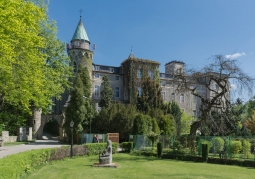
Forest Rock Castle - Szczytna
Category: LocksCastle in Central Sudetes, located in the southern part of the Table Mountains near the peak Szczytnik. The building was interestingly integrated into the rocks on the rock edge over Szczytna, the highest culmination of...
5 km
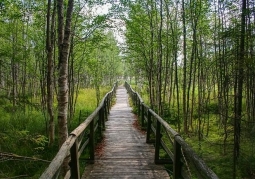
Peat bog near Zieleniec - Zieleniec
Category: Nature reservesThe reserve was established in 1954 for the protection of interesting and rare species of protected plants and natural plant communities, mainly for the preservation and protection of the natural raised bog with dwarf...
7 km
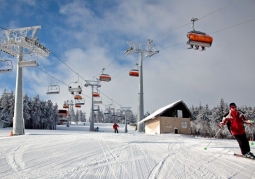
Zieleniec Ski Resort - Duszniki-Zdrój
Category: Ski resortsZieleniec is the largest ski resort in the Kłodzko Valley (one of the largest in the Sudetes). Is the district of Duszniki Zdrój. It lies at an altitude of about 950 meters above sea level in the Orlické Mountains...
8 km
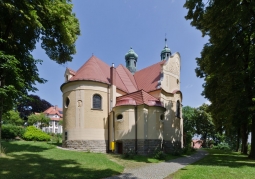
Church of the Assumption of the Blessed Virgin Mary - Polanica Zdrój
Category: ChurchesThe oldest Catholic temple in the city. The current church was built in 1911-1912 from brick in the Neo-Baroque style as a branch church. It is a one-tower building, built in the Neo-Baroque style with Art Nouveau...
9 km
Nearby places

Forest Rock Castle - Szczytna
Category: LocksCastle in Central Sudetes, located in the southern part of the Table Mountains near the peak Szczytnik. The building was interestingly integrated into the rocks on the rock edge over Szczytna, the highest culmination of...
5 km

Peat bog near Zieleniec - Zieleniec
Category: Nature reservesThe reserve was established in 1954 for the protection of interesting and rare species of protected plants and natural plant communities, mainly for the preservation and protection of the natural raised bog with dwarf...
7 km

Zieleniec Ski Resort - Duszniki-Zdrój
Category: Ski resortsZieleniec is the largest ski resort in the Kłodzko Valley (one of the largest in the Sudetes). Is the district of Duszniki Zdrój. It lies at an altitude of about 950 meters above sea level in the Orlické Mountains...
8 km

Church of the Assumption of the Blessed Virgin Mary - Polanica Zdrój
Category: ChurchesThe oldest Catholic temple in the city. The current church was built in 1911-1912 from brick in the Neo-Baroque style as a branch church. It is a one-tower building, built in the Neo-Baroque style with Art Nouveau...
9 km
